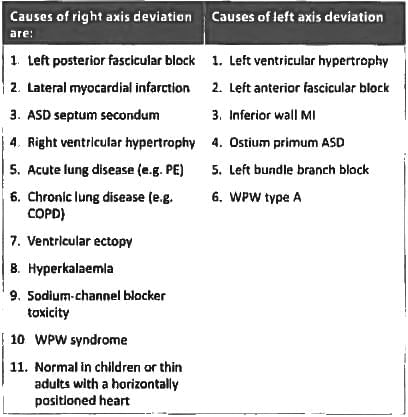NEET PG Exam > NEET PG Tests > Test: ECG - NEET PG MCQ
Test: ECG - NEET PG MCQ
Test Description
15 Questions MCQ Test - Test: ECG
Test: ECG for NEET PG 2025 is part of NEET PG preparation. The Test: ECG questions and answers have been prepared
according to the NEET PG exam syllabus.The Test: ECG MCQs are made for NEET PG 2025 Exam.
Find important definitions, questions, notes, meanings, examples, exercises, MCQs and online tests for Test: ECG below.
Solutions of Test: ECG questions in English are available as part of our course for NEET PG & Test: ECG solutions in
Hindi for NEET PG course.
Download more important topics, notes, lectures and mock test series for NEET PG Exam by signing up for free. Attempt Test: ECG | 15 questions in 15 minutes | Mock test for NEET PG preparation | Free important questions MCQ to study for NEET PG Exam | Download free PDF with solutions
Detailed Solution for Test: ECG - Question 1
Test: ECG - Question 2
The following ECG findings are seen in Hypokalemia: (Recent Pattern 2014-15)
Detailed Solution for Test: ECG - Question 2
Test: ECG - Question 3
Which ECG finding is most likely to be seen at the time of cardiac arrest (UPSC 2013)
Detailed Solution for Test: ECG - Question 3
Detailed Solution for Test: ECG - Question 4
Test: ECG - Question 5
Alternating RBBB with Left anterior hemiblock is seen in? (Recent Pattern 2014-15)
Detailed Solution for Test: ECG - Question 5
Test: ECG - Question 6
Which is the following is the commonest ECG finding in pulmonary embolism? (Recent Pattern 2014-15)
Detailed Solution for Test: ECG - Question 6
Detailed Solution for Test: ECG - Question 7
Detailed Solution for Test: ECG - Question 8
Detailed Solution for Test: ECG - Question 9
Detailed Solution for Test: ECG - Question 10
Detailed Solution for Test: ECG - Question 11
Detailed Solution for Test: ECG - Question 12
Detailed Solution for Test: ECG - Question 13
Detailed Solution for Test: ECG - Question 14
Test: ECG - Question 15
In left sided massive pneumothorax, ECG shows all, except: (Recent Pattern 2014-15)
Detailed Solution for Test: ECG - Question 15
Information about Test: ECG Page
In this test you can find the Exam questions for Test: ECG solved & explained in the simplest way possible.
Besides giving Questions and answers for Test: ECG, EduRev gives you an ample number of Online tests for practice
Download as PDF




















